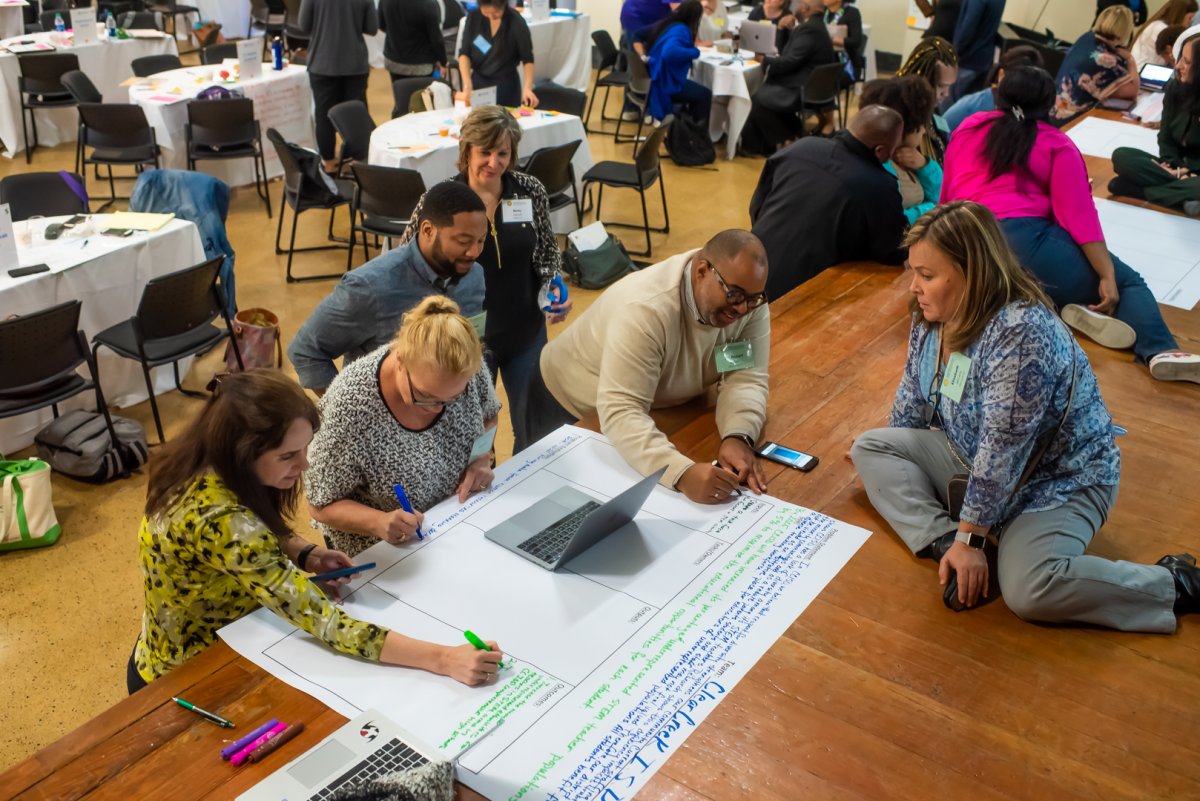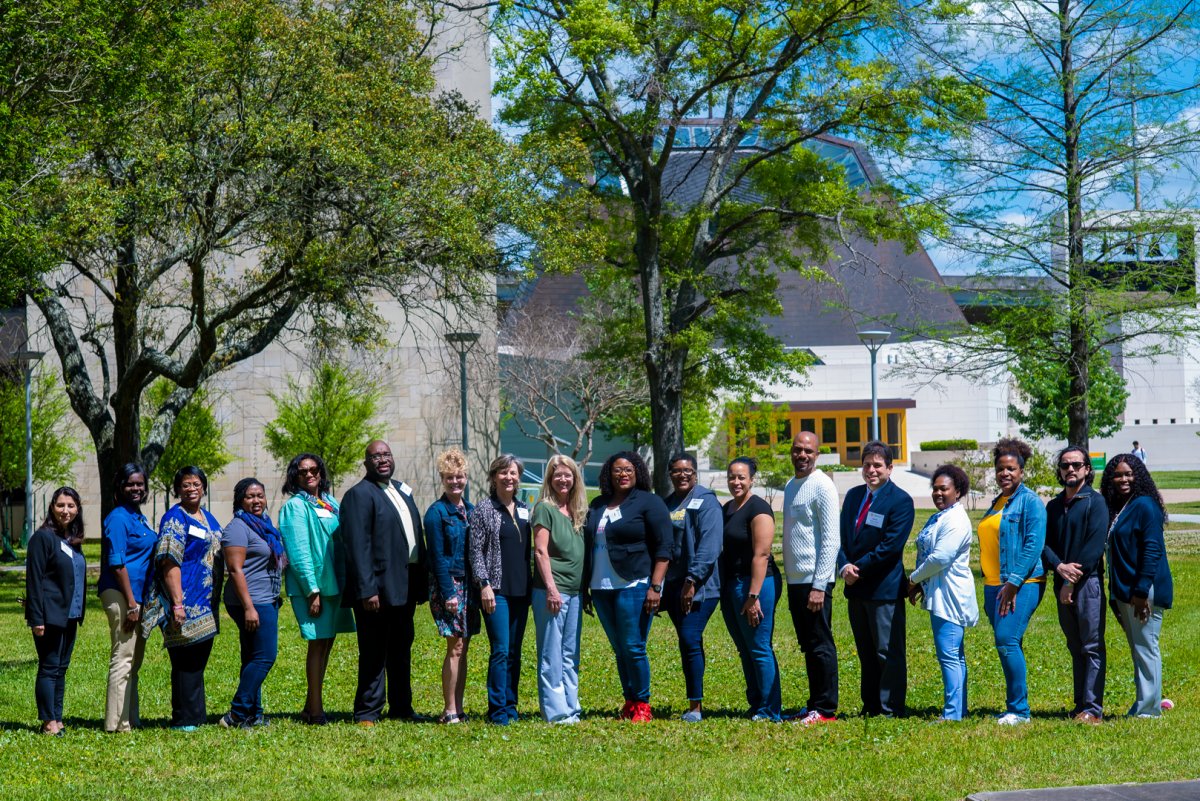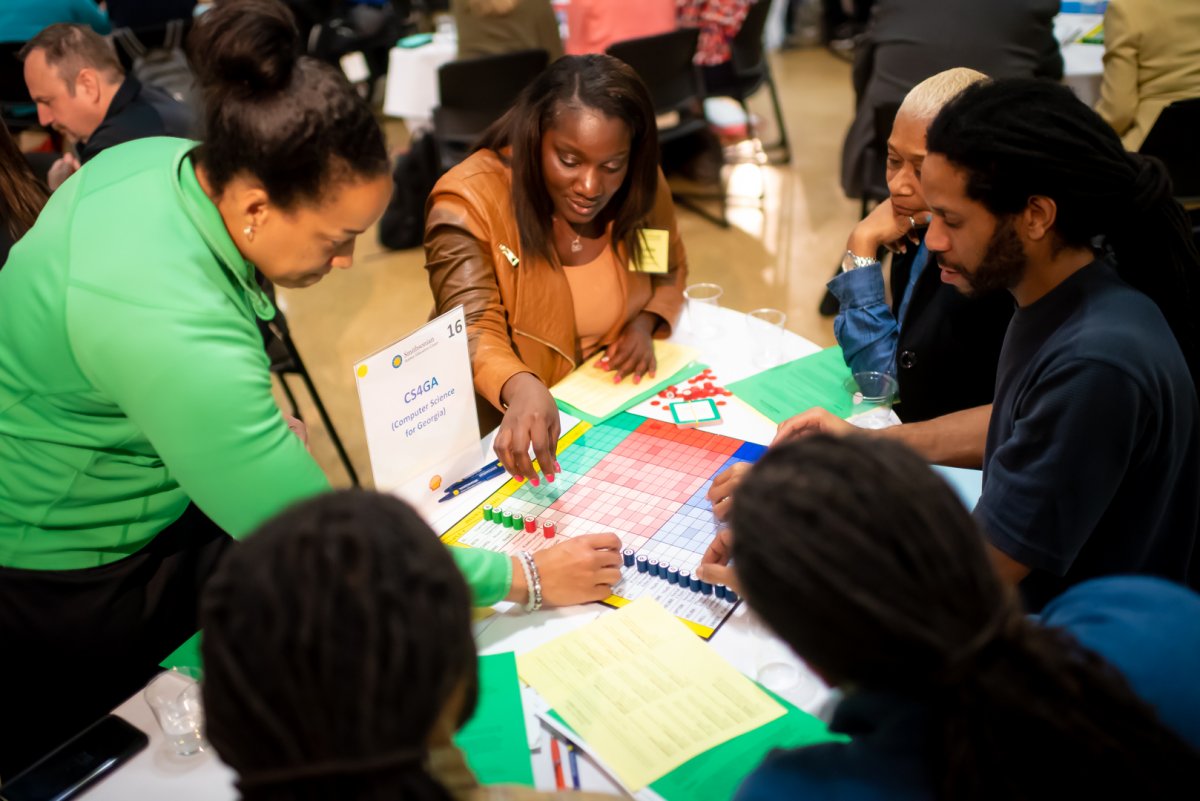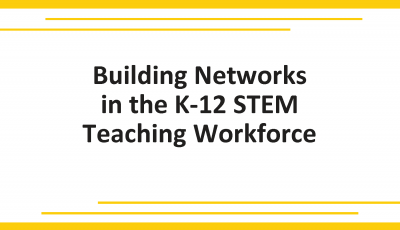Smithsonian Science Education Leadership Summit
With a goal to recruit, retain, and support 50,000 new and existing STEM teachers by 2030, we gather teams of educators for a multiday summit at a partnering university. These teams represent multiple voices within a school district, school, or state education agency: teachers, principals, district or state administrators, and community advocates.
Using a game format, teams go through a simulation of change management in an education system, then create bespoke action plans for how they might identify, recruit, and retain talented professionals into available STEM teaching positions. Each team identifies their own goals for building their STEM teaching workforce within their local context. The Smithsonian Science Education Center matches each team with a mentor during the Summit, who supports the team in implementation for 18 months following the event.
The next Smithsonian Science Education Leadership Summit will be March 27–March 29, 2026, in Philadelphia, PA.
2025 Smithsonian Science Education Leadership Summit
In March 2025, 21 leadership teams representing schools, districts, and alliances convened at Howard University in Washington, D.C. at the Smithsonian Science Education Leadership Summit. These teams create bespoke action plans for how they might identify, recruit, and retain talented professionals into available STEM teaching positions. The Summit is a highly interactive 2.5 days, with clear objectives:
- Create a logic model for attracting or retaining a STEM teaching workforce.
- Empower teacher leaders to be change agents in their schools or districts.
- Foster a community of professionals committed to improving education for all students.
 A team transcribes the highlights of their logic model onto a poster in preparation for sharing their plan with other attendees.
A team transcribes the highlights of their logic model onto a poster in preparation for sharing their plan with other attendees.

Individuals selected as mentors (pictured) work closely with a leadership team during the summit and in the months beyond to challenge their team’s thinking, champion their work, and support implementation of their logic model.

A team and their mentor experience the principles of systemic change in an activity at the outset of the 2019 STEM Education Summit.
